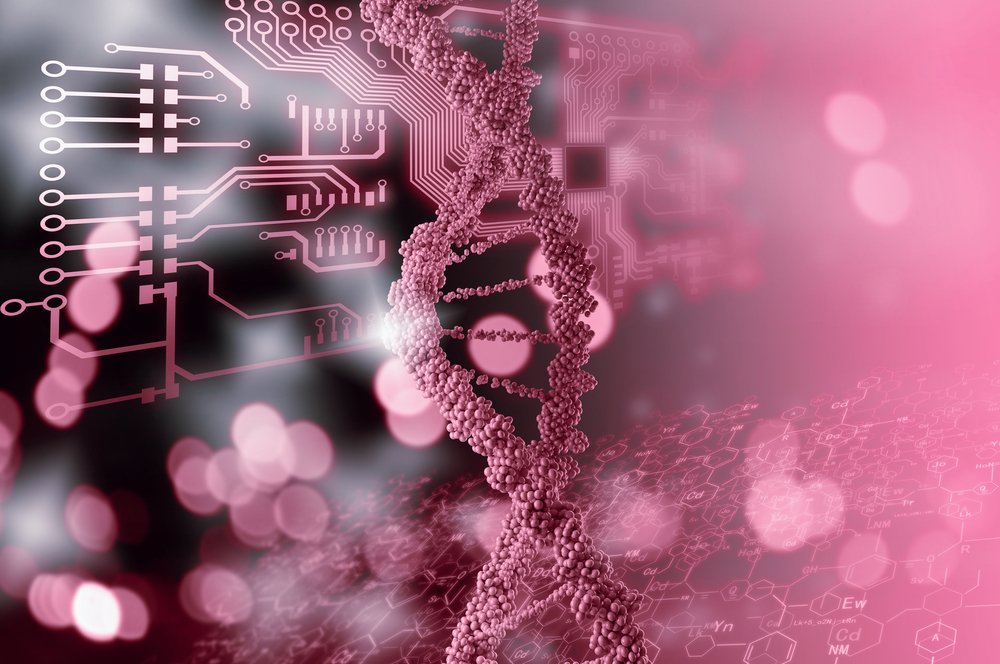Protein Imbalance May Contribute to ALS, British Researchers Suggest

An imbalance between production and degradation of protein in the central nervous system may contribute to amyotrophic lateral sclerosis (ALS), researchers at England’s University of Sheffield suggest.
Their study, “Protein Homeostasis in Amyotrophic Lateral Sclerosis: Therapeutic Opportunities?,” appeared in the journal Frontiers in Molecular Neuroscience. It reviewed available data showing that disturbances in cellular protein balance mechanisms can occur in a variety of ways, and argued that such abnormalities can be targeted as a treatment strategy against ALS.
Healthy cells have a range of quality assurance mechanisms to take care of misfolded or otherwise abnormal proteins. Two cell complexes, called the proteasome and the lysosome, act to degrade faulty proteins. Protein inclusions are found in the brains of ALS patients, both in dying neurons and in neighboring glial cells. One of the most common is TDP-43, also found in the overlapping and closely related condition, frontotemporal dementia (FTD).
Scientists have also found a range of other, rather common proteins in ALS brains. The presence of these proteins, along with experiments showing that TDP-43 starts aggregating when proteasome is blocked, led the team suggest that ALS results from a collapse of protein balance.
Quality Control Breakdown
But a lack of functional proteasomes or lysosomes is not the only abnormality in ALS. Healthy cells contain what is known as molecular chaperones — factors that help misfolded proteins fold correctly. Animal studies show that if these molecules cannot perform their work, brain protein aggregates become more extensive. And this might become a downward spiral. Experiments involving mice with the ALS mutation SOD1 suggest that chaperones might become depleted when overloaded by mutated protein. This, in turn, contributes to further toxicity.
But studies also show that boosting chaperones might reduce TDP-43 aggregation and toxicity. That means increased chaperone levels may be protective in ALS.
When misfolded proteins start accumulating inside the protein-making endoplasmic reticulum, a cellular stress mechanism known as the UPR becomes activated. This cell pathway attempts to restore balance by slowing protein production, introducing more chaperones and triggering degradation pathways.
The UPR is a rather obvious contributor to cell death. If the stockpiling of flawed proteins is not resolved quickly, the UPR switches on a program telling the cell to commit suicide. Numerous studies indicate that this pathway is active in patients with ALS. Animal experiments suggest that it might, in fact, be an early event in the processes that eventually lead to the disease. Several proteins that have been linked to ALS also cause UPR activation.
A lack of degradation
One of the UPR’s early tasks is to send misfolded proteins for destruction in the proteasome. But this protein-breakdown unit does not seem to work as intended in many cases of ALS — of both sporadic and the much rarer familial type. In fact, some studies suggest that an inability of the proteasome to do its work would in itself be sufficient to cause ALS.
But the proteasome is not alone. The lysosome is a compartment taking care of another set of proteins sent for destruction. It does so by employing a process called autophagy — essentially the trapping of cell debris in a membrane-bound vesicle, which delivers its content to the lysosome.
Numerous studies show that when autophagy fails, neurons lose their health and start dying. When the process is blocked in mice, they soon develop motor problems similar to what doctors see in ALS patients.
A lack of autophagy also seems to be particularly hard on axons — the long part of a neuron that sends its outward signals. Interestingly, the two ALS-linked proteins SOD1 and TDP-43 are both normally degraded by autophagy. Research also shows that as TDP-43 starts building up, another downward loop forms — higher levels of the protein surprisingly reduce autophagy, in turn further triggering protein aggregation. Genetic studies in ALS also link numerous identified genes to these flawed processes.
These insights provide researchers with possibilities to develop treatments. Mouse experiments show that boosting chaperones helps ALS mice, which live longer, develop stronger muscles and have fewer protein aggregates in their brain spinal cord. Likewise, compounds that target the UPR stress pathway have shown promising results in mice, as have attempts to increase the actions of the proteasome or boost autophagy.
Although these early animal studies are optimistic, researchers cautioned that potential side effects of intended treatments must be considered — and that more studies are needed in order to translate these insights into treatments that can benefit patients.






